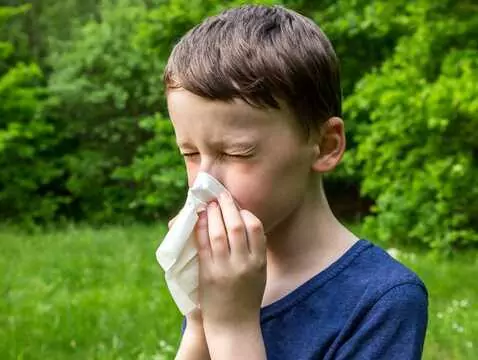Contrary to appearances, rare diseases are not as rare as the name suggests. Considering individual disease entities, it may be that a few people worldwide suffer from a particular disease. However, when considering the total number of patients suffering from what are considered to be ultra-rare diseases, the number can be as high as 6 % of the population.
Ad:









